Paisley patterns, with their intricate swirls and teardrop shapes, have been captivating cultures for centuries. In the world of tattoos, paisley designs have experienced a resurgence, offering a fresh and sophisticated take on a timeless classic. In this exploration, we’ll delve into the allure of paisley tattoos and showcase some of the most stunning and clean examples that are sure to inspire. Keep reading!
THE HISTORY OF PAISLEY
If you refer to it as paisley print, you’re likely from a Western background. This design, which dates back to 221 AD, actually originated in Persia.
In the Middle East, the pattern remains highly popular and is traditionally called boteh jegheh. In Tamil culture, it’s known as mankolam due to its resemblance to a mango.
The global popularity of this print can be traced to the silk trade. In the 17th century, the East India Company began exporting shawls adorned with these designs to the UK. The British loved the look, but importing these intricate shawls, often made from a combination of tapestry and weaving, proved costly and time-consuming.
The pattern earned its familiar name when Scottish weavers in the town of Paisley, Renfrewshire, started producing it on a larger scale. From then on, it became widely known as the paisley print.
WHAT DOES THE BOTEH JEGHEH MEAN?
The paisley print was originally inspired by the flowers of the cypress tree, a symbol of life and eternity in pre-Islamic Zoroastrianism, a religion that still exists in remote regions today.
As a monotheistic faith, Zoroastrianism is believed to have influenced Christian and Judaic traditions, possibly even inspiring the Judeo-Christian concept of the Tree of Life. Central to Zoroastrian belief is the idea of dualism, the ongoing struggle between good and evil—a concept subtly mirrored in the boteh jegheh pattern, which resembles the Yin-Yang symbol, representing the balance of opposites in nature.
Since the pattern symbolizes life and eternity, it also naturally represents fertility. Some even find humor in the fact that paisley is often used in tie designs, with the pattern pointing toward a person’s groin, suggesting that ancient symbols can retain their original meanings in unexpected ways.
In Tamil culture, the pattern is embraced due to its resemblance to a mango, a fruit considered a symbol of peace, prosperity, and good health.
PAISLEY IN POP CULTURE
Since its rise to popularity in the 17th century, paisley has adorned many famous figures—from Oscar Wilde to Jennifer Aniston!
The Beatles were also fans of the print, with John Lennon famously giving his Rolls Royce a makeover featuring a groovy, paisley-inspired design.
PAISLEY TATTOO IDEAS
Paisley, like many timeless designs, carries a rich history that has seamlessly blended into our modern cultural mood board. If you’re considering a paisley tattoo, take a moment to reflect on the majestic history you’re embracing before taking the plunge. Looking for stunning inspiration? Browse our gallery for some beautiful paisley designs!
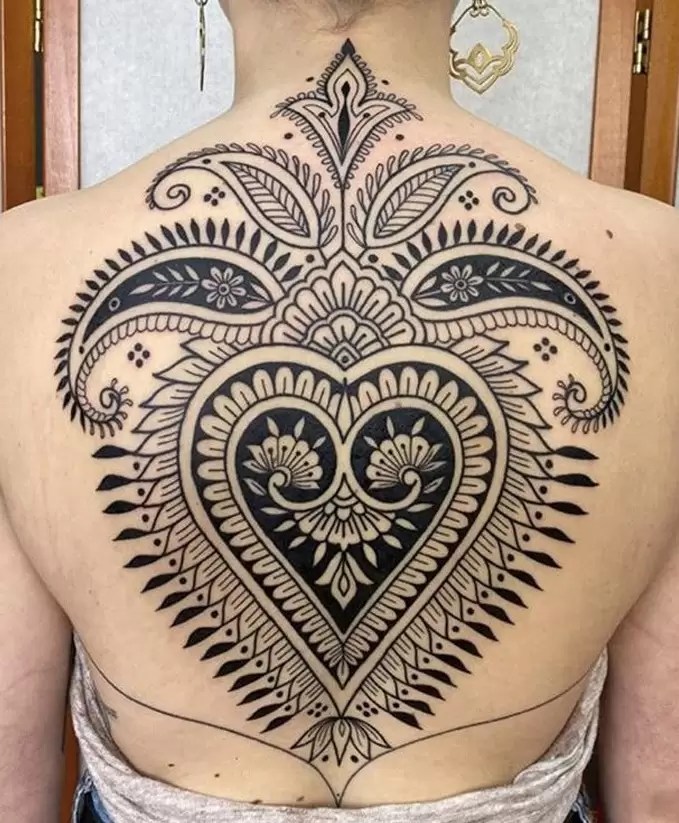
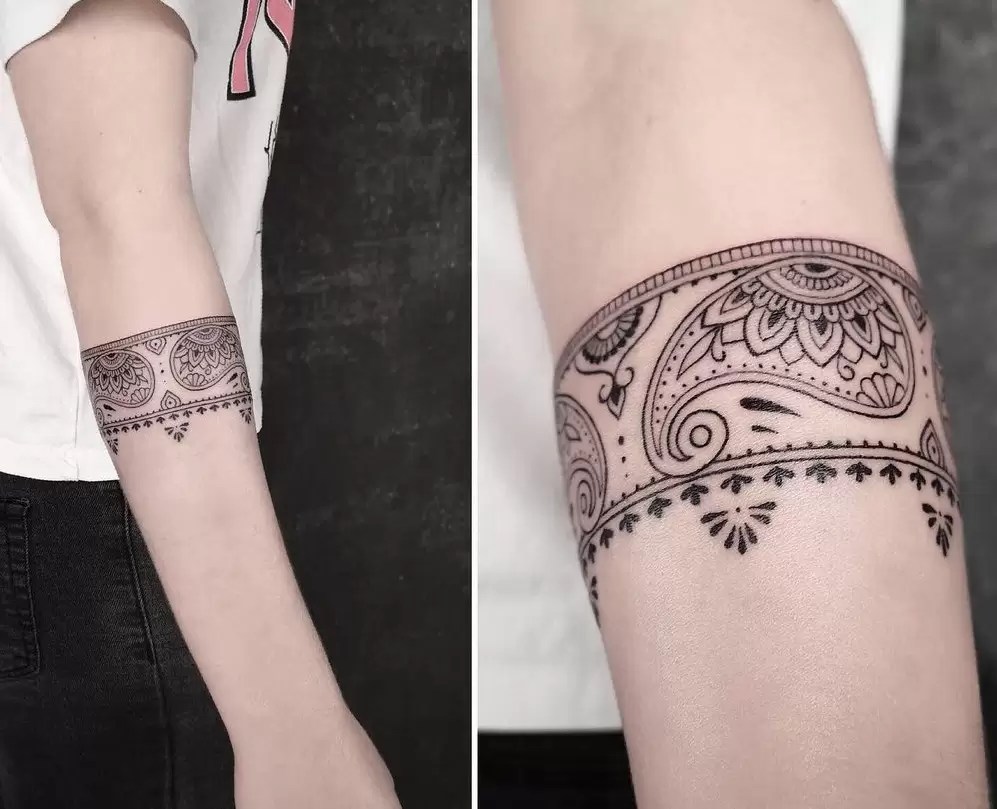

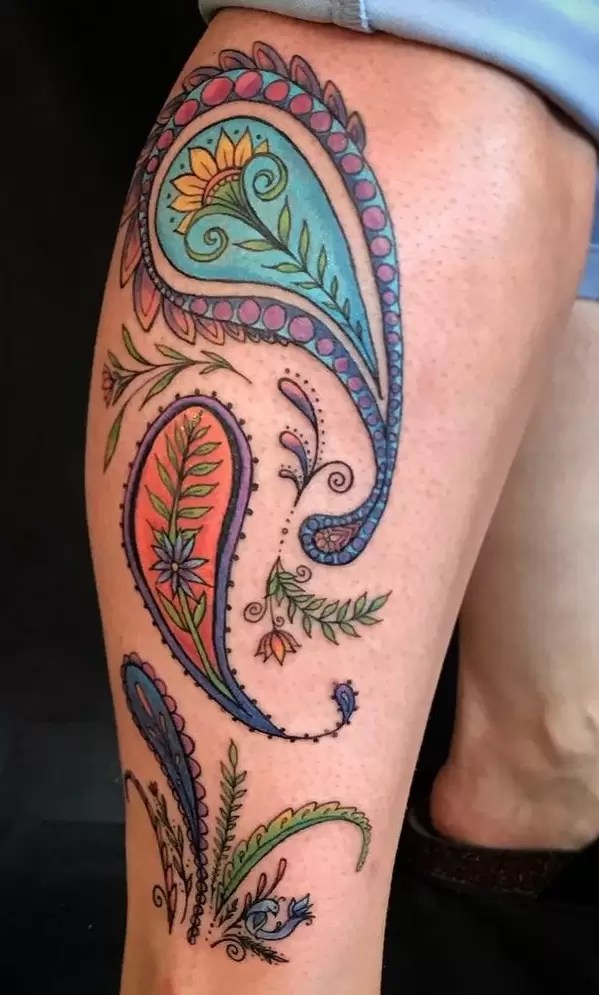

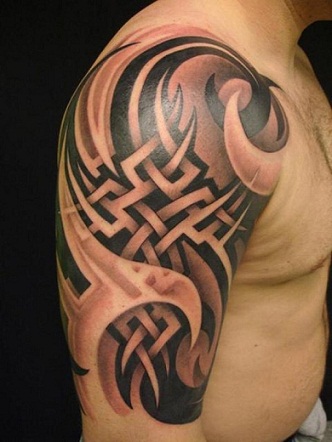
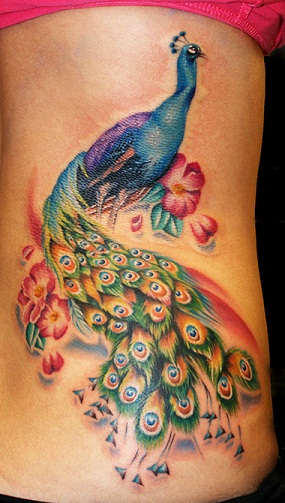
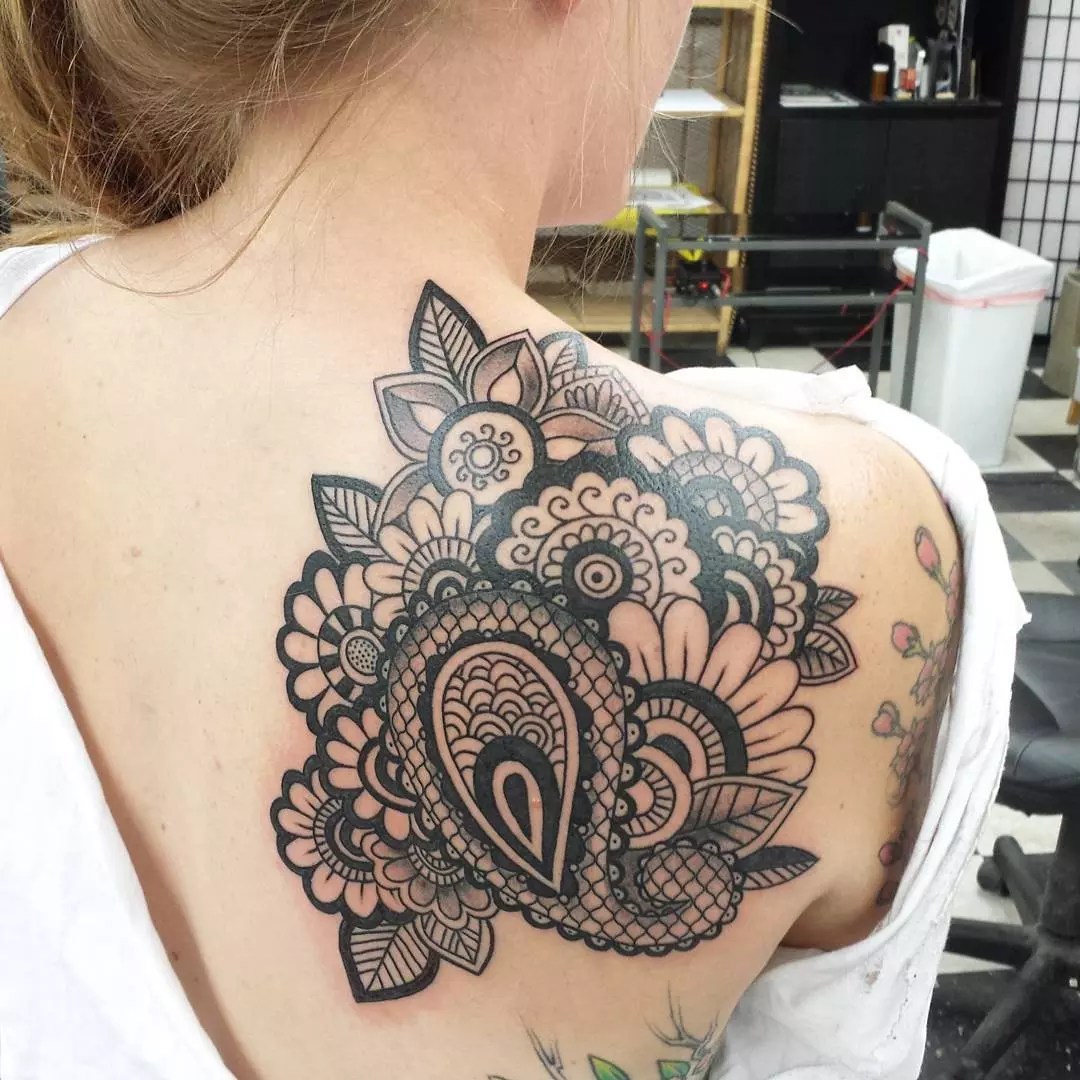
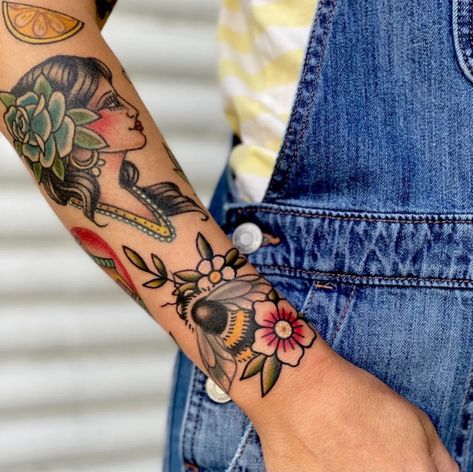



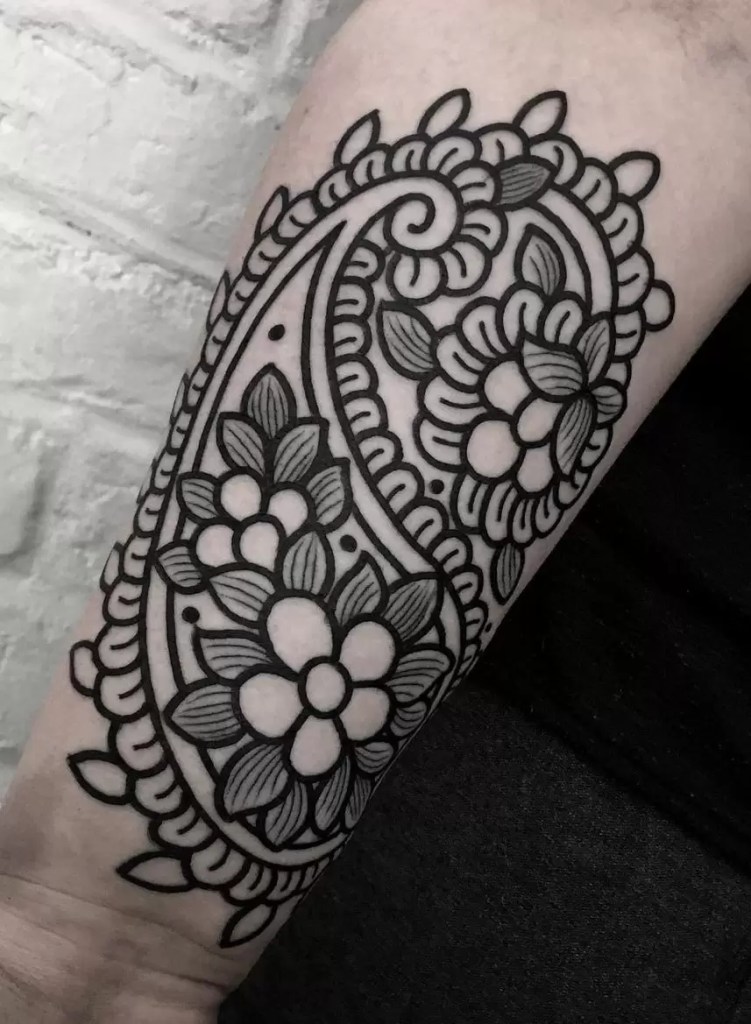


CONCLUSION
The paisley tattoo has emerged as a captivating and versatile choice for those seeking a visually striking and meaningful piece of body art. Its intricate patterns and rich history offer a unique blend of tradition and contemporary style. As the popularity of paisley tattoos continues to grow, it’s clear that this iconic pattern will remain a cherished and enduring choice for generations to come.







